Potrero Avenue ‘collective’ soup kitchen is the hostess with the mostest: Everything’s free, no government paperwork or religion attached
It’s lunchtime at Martin de Porres House of Hospitality, and the Potrero Avenue soup kitchen is abuzz with activity. A few dozen people are sitting down to a meal of macaroni salad, vegetable soup, and tea. Others are lined up for a shower. A volunteer is distributing socks and other clothes, and a few guests are being treated to foot and leg massages.

Everything at Martin’s is free. There are no eligibility checks, no proselytizing. There are no paid bosses, no salaries, and jobs are loosely defined. “We’re run as a collective; it’s a get-it-done model,” said Mim Locke, 76, who has been volunteering at Martin’s for some 36 years.
Although it’s named after Martin de Porres, a Peruvian Catholic saint who lived in the late 16th and early 17th centuries, the 53-year-old soup kitchen is non-denominational. “We are a community of people with diverse spiritual practices, although our roots are in and we continue to be inspired by the Catholic Worker Movement,” the group’s website states.
Service is the mantra you’ll hear when meeting volunteers here. “Service for me is a joy. You see miracles here every day,” said Abby Lehrman, a longtime volunteer and former member of the group’s board of directors.
Martin’s takes no money from government agencies or religious institutions. Funding comes from individual donations, though it has received grants from businesses and foundations, including Levi Strauss and the Goldman Foundation. “Taking money from the government requires a good deal of paperwork, and we don’t have the staff for that. Besides, we don’t want to be beholden,” said Lehrman, a retired social worker.
Vast amounts of food
Volunteers prepare lunchtime meals six days a week. Breakfast services, which stopped during the pandemic, might resume later this year. On a typical day, 100 to 200 people stop in for a midday meal. Feeding that many people requires vast amounts of food. Soup is prepared in a 20-gallon caldron. “Some days we need 30 gallons,” Locke said.
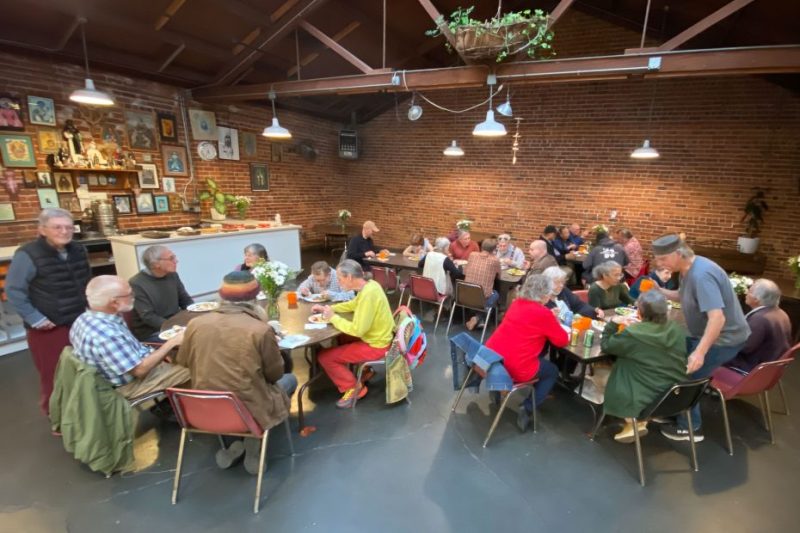

Preparing the always-vegetarian meals consumes hours of labor every morning — and while Martin’s strives to be thrifty, the food budget is roughly $120,000 a year. Some of that is offset by donations from local businesses. The Rainbow Grocery, for one, donates bread, and Last Gasp Press put on a fundraiser a few years back and raised $9,200.
When Martin’s was founded in 1970, it operated out of a former bar on 22nd Street in the Mission District. There wasn’t much space, and there was only room for about 49 people at a time. Crowds waiting for a meal tended to spill out onto the street. That annoyed nearby residents so much that the bar’s owner wouldn’t renew the lease.
Needing a new home, Martin’s began a fundraising campaign. The Chronicle’s Herb Caen boosted the effort in his widely read column. Individuals and businesses pitched in. Barbara Collier, a visual artist known as “the spiritual backbone” of the soup kitchen, said she was so sure they would raise the balance of the down payment by the due date she claimed she’d jump off the Golden Gate Bridge if they didn’t. She did not have to leap.
Housing for volunteers
Martin’s purchased a former auto repair shop on Potrero Avenue near 16th Street and did an extensive remodel in 1985. The space is large and airy and inviting, with little institutional feel. The dining room walls are exposed brick. The room has skylights and abuts an open courtyard with plentiful seating. The open-plan kitchen is large enough for a crew of 10 or so volunteers to work comfortably.
Martin’s also owns a three-flat house in the Mission, a place for full-time volunteers to live, along with an apartment above the soup kitchen.
Although Martin’s tends to keep a low profile, it has attracted the occasional celebrity visitor. Mother Teresa stopped by and blessed the new showers in the ’80s. The Dalai Lama visited and rock entrepreneur Bill Graham helped prepare a meal.
Like a lot of soup kitchens, Martin’s finds that the holidays attract hordes of volunteers eager to help — once. Martin’s got so many one-off requests to help out during Thanksgiving a few years ago, that only people who volunteer regularly are eligible to help with the group’s special holiday meals.
Unlike the holiday helpers, many guests — as people who come for a meal are known — often return to volunteer.
Community connection
Jake Pearson, 60, was homeless for 23 years and often came to Martin’s for food and showers. Now he’s got a place in Bernal Heights, but he frequently drops by to help out, and once a week he offers free haircuts. “I want to stay connected,” said Pearson, who was making sure people in line for showers had everything they needed.
Aaron Clark, 61, is a former Navy quartermaster who hit a rough patch and relied on Martin’s for food and other services for years. He’s working at a video company these days, but he’s a regular volunteer at the soup kitchen. He jokingly calls himself “the toilet whisperer” because he’s the in-house plumber. “I fixed something once and they had me stick around.
“Volunteering gives me a purpose. Seeing people on the street bothers me,” Clark said as he gave out bagels and cups of tea shortly before lunch was ready.
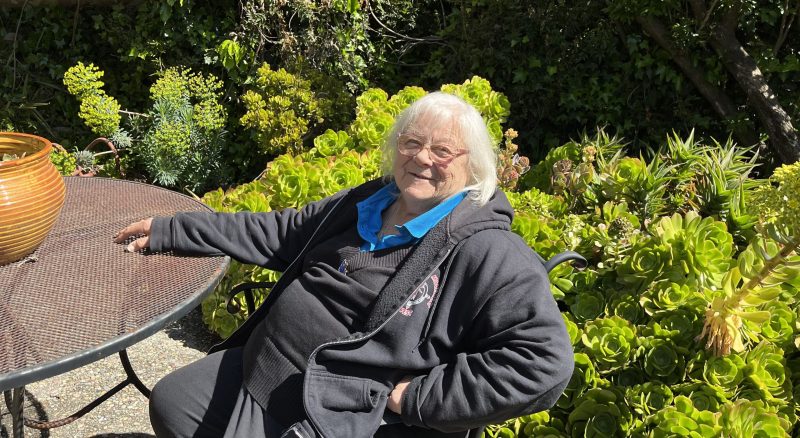
Although Martin’s isn’t tightly structured, it does have a core group that meets weekly, and every meal shift has a crew chief. Lehrman, the former social worker, and Locke are part of that group.
Lehrman moved to San Francisco in 1972, when her first husband, a journalist, started a teaching job at San Francisco State College. Despite her long tenure in the Bay Area, her speech has the cadence and accent of a native New Yorker. She worked at a series of social welfare-related jobs and began volunteering at Martin’s in 1984. She laughs as she recalls what Martin’s was like in those days. “We were a ragtag bunch. Patchouli and perfume.”
Pandemic recovery
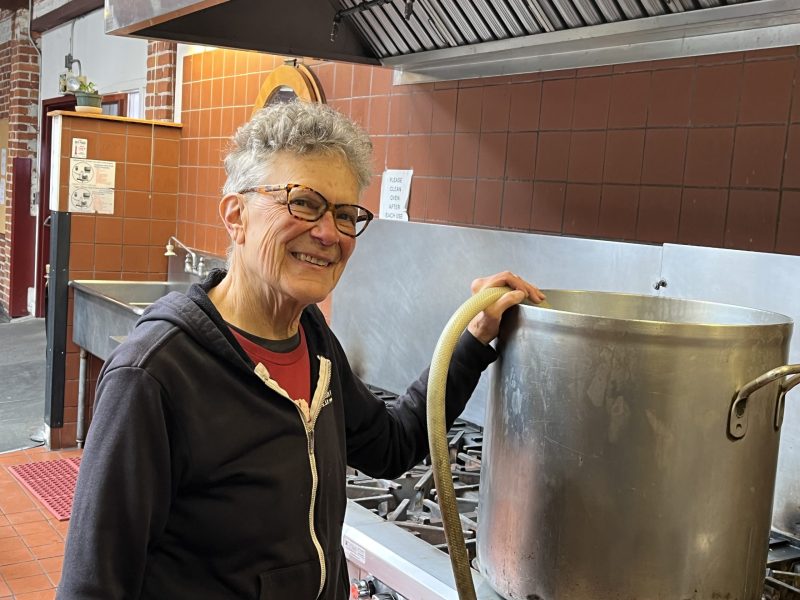
Locke, a native of Concord, Massachusetts, was never interested in conventional employment. “People here don’t want regular jobs; I never wanted a boss,” she said. Gardening is a passion: “It’s my other hat.” But her commitment to Martin’s is the literally center of her life: She lives in the group’s apartment over the soup kitchen.
The pandemic forced Martin’s to rethink how it serves the community, she said. Instead of sit-down meals, “we gave out more than 250 bag lunches a day.” Attendance even after the end of the pandemic was down, but it’s recovering. Martin’s she said, “is experiencing a rebirth.”




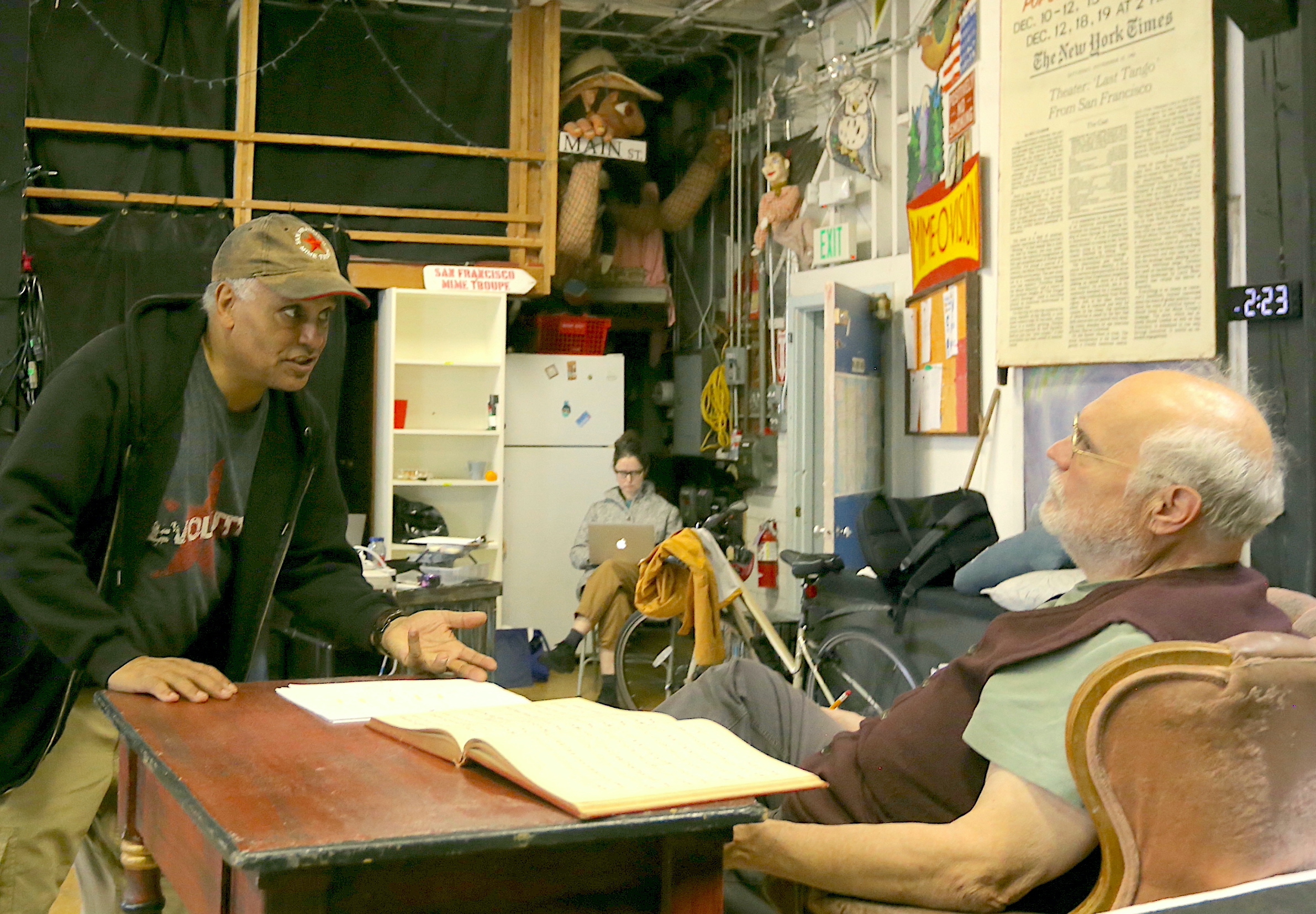
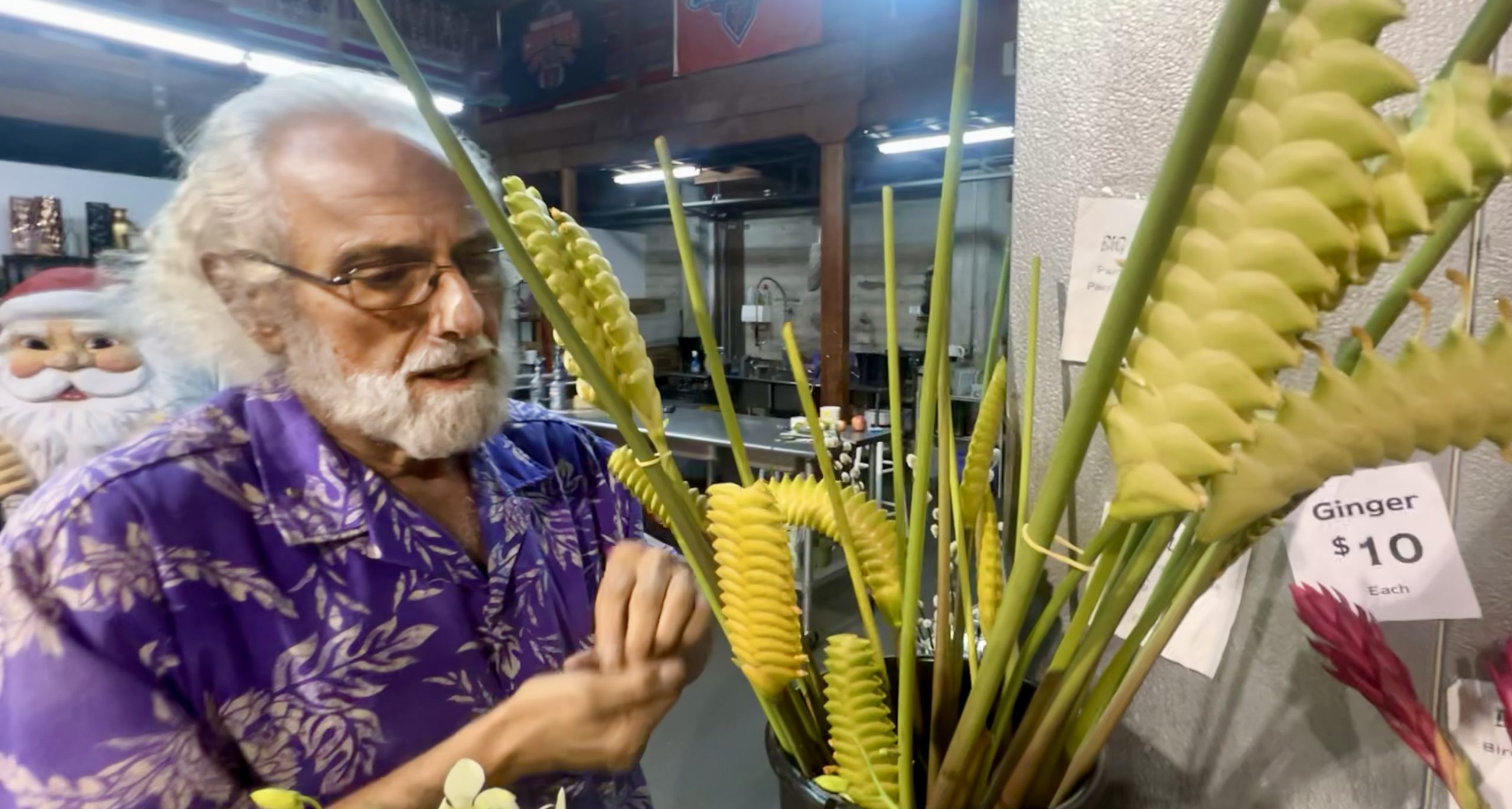
Patti
Beautiful article---the spirit & heart of SF
Martin De Porres House
We are always looking for volunteers. Please reach out through our website.
jim clifford
"no religion attached..." ??? Named for a saint and inspired by the Catholic Workers movement. Martin de Pores and Dorothy Day would be proud. These volunteers are doing the Lord's work.